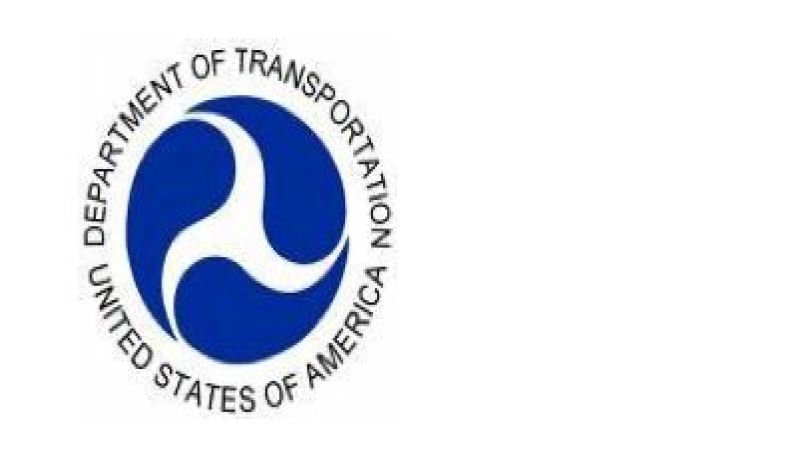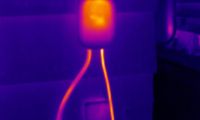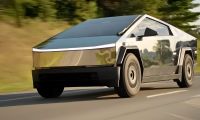“We recognize that vehicle manufacturers want to build vehicles that include the tools and conveniences expected by today’s American drivers,” said NHTSA Administrator David Strickland. “The guidelines we’re proposing would offer real-world guidance to automakers to help them develop electronic devices that provide features consumers want—without disrupting a driver’s attention or sacrificing safety.”
The immediate takeaway from the proposed regulations is their focus on vehicle manufacturers. The guidelines do not address manufacturers of after-market products like navigation systems or mobile telephones: both can be operated in-vehicle with no restrictions. The DOT has postponed any stance on those vehicles for the future.
Edmunds.com vice chairman Jeremy Anwyl was quick to lambaste the whole idea. “The Department of Transportation’s new guidelines are well-intentioned but ultimately wrongheaded. Offering vehicles that dull the features that drivers crave will only punish complying automakers with lower sales. Secondly, the guidelines will foster ‘bringing your own technology,’ where consumers thwarted by their vehicles restrictions will resort to small-screen smartphones and other devices where the risks are far higher. Texting, checking Facebook and reading emails are very bad ideas while driving, but so is eating and personal grooming. The point is that distracted driving involves more than technology, and technology alone will not provide a solution. We need to impress upon drivers that certain behaviors are risky and encourage them to drive more responsibly.”
Proposed guidelines released recommend criteria that manufacturers can use to ensure the systems or devices they provide in their vehicles are less likely to distract the driver with tasks not directly relevant to safely operating the vehicle, or cause undue distraction by engaging the driver’s eyes or hands for more than a very limited duration while driving. Electronic warning system functions such as forward-collision or lane departure alerts would not be subject to the proposed guidelines, since they are intended to warn a driver of a potential crash and are not considered distracting devices.
The proposed Phase I distraction guidelines include recommendations to:
Reduce complexity and task length required by the device;
• Limit device operation to one hand only (leaving the other hand to remain on the steering wheel to control the vehicle);
• Limit individual off-road glances required for device operation to no more than two seconds in duration;
• Limit unnecessary visual information in the driver’s field of view;
• Limit the amount of manual inputs required for device operation.
The proposed guidelines would also recommend the disabling of the following operations by in-vehicle electronic devices while driving, unless the devices are intended for use by passengers and cannot reasonably be accessed or seen by the driver, or unless the vehicle is stopped and the transmission shift lever is in park.
• Visual-manual text messaging;
• Visual-manual internet browsing;
• Visual-manual social media browsing;
• Visual-manual navigation system destination entry by address;
• Visual-manual 10-digit phone dialing;
• Displaying to the driver more than 30 characters of text unrelated to the driving task.
Issued by the Department’s National Highway Traffic Safety Administration (NHTSA), the guidelines would establish specific recommended criteria for electronic devices installed in vehicles at the time they are manufactured that require visual or manual operation by drivers. The announcement of the guidelines comes just days after President Obama’s FY 2013 budget request, which includes $330 million over six years for distracted driving programs that increase awareness of the issue and encourage stakeholders to take action.
NHTSA is also considering future, Phase II proposed guidelines that might address devices or systems that are not built into the vehicle but are brought into the vehicle and used while driving, including aftermarket and portable personal electronic devices such as navigation systems, smart phones, electronic tablets and pads, and other mobile communications devices. A third set of proposed guidelines (Phase III) may address voice-activated controls to further minimize distraction in factory-installed, aftermarket, and portable devices.
The Phase I guidelines were published in today’s Federal Register and members of the public will have the opportunity to comment on the proposal for 60 days. Final guidelines will be issued after the agency reviews and analyzes and responds to public input.
NHTSA will also hold public hearings on the proposed guidelines to solicit public comment. The hearings will take place in March and will be held in Los Angeles, Chicago, and Washington D.C. More information on the proposed distracted driving regulations and the upcoming hearings can be found at www.dot.gov.












